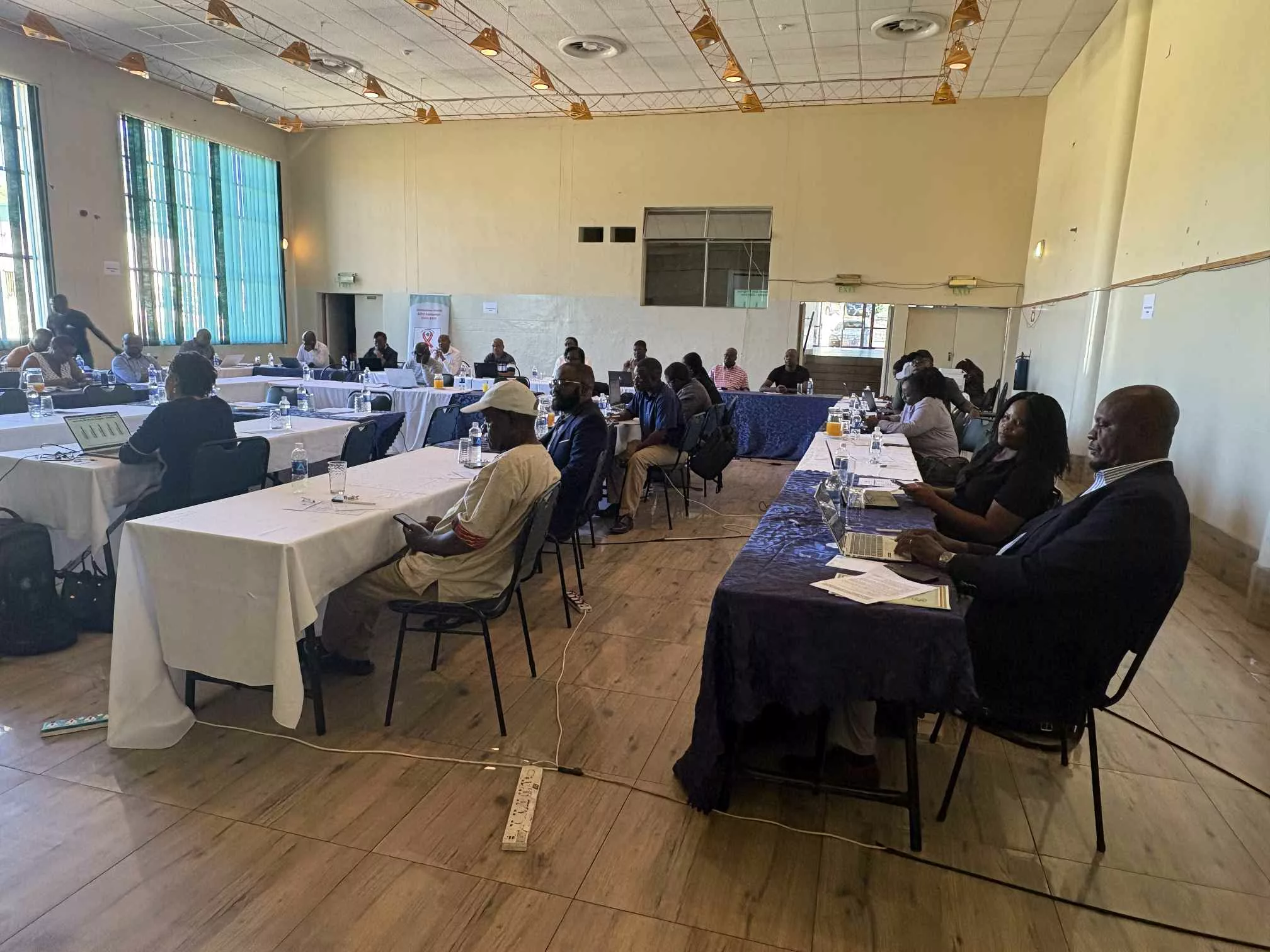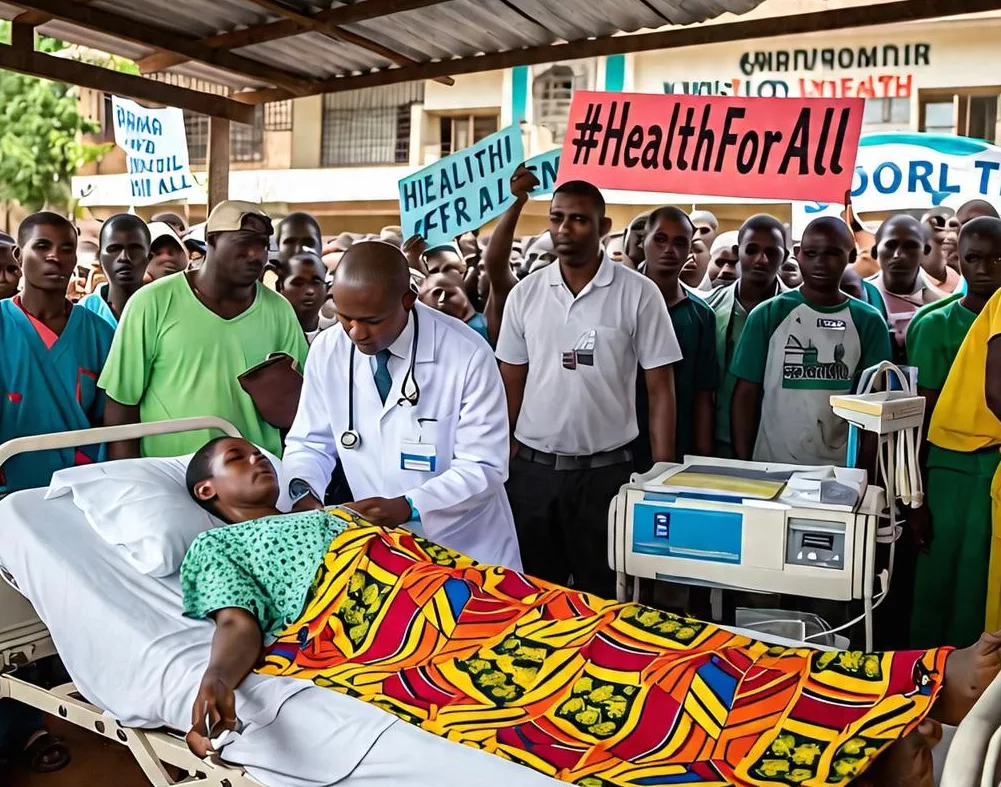|
Getting your Trinity Audio player ready...
|
The National AIDS Council (NAC) has said there has been a decrease in HIV incidence and prevalence over time, a two-day workshop for editors and station managers that kicked off today in Chinhoyi has heard.
In a presentation delivered on his behalf by Lameck Munangaidzwa (NAC Monitoring and Evaluation officer), Dr. Amon Mpofu, the NAC M&E Director said indicators are showing a reduction of HIV incidence and prevalence over time.
“In 2016, there was a UN political declaration on HIV with specific targets on HIV incidence. These indicators are not possible to directly measure for time, so we use what we call estimates. We analyse the pandemic in terms of incidence and prevalence by geographic area, sex, and age. Then we also use estimates to monitor and improve the response. Over time, there has been a decline in HIV incidence and prevalence,” he said.
Zimbabwe witnessed a decrease since 1984. There was a peak between 1994 and 1999, then a gradual decrease, with a slight increase in 2014 and a sharp decrease in 2024.
“The results are, by age group, between 15 and 49. Why are we taking 15 and 49? Because these are the sexually active. The majority of our sexually active population ranges from 15 to 49. We are seeing a similar trend and our prevalence is being estimated to be 9.78 and it’s decreasing.
HIV incidence of 15 to 49. For the age group 15 to 49, we are seeing a decrease in HIV incidence over time.
“So what does this decrease mean? Let me start with the prevalence. We are seeing a decrease in prevalence. I think it shows that as a country we are achieving our goals in the fight to push back the new infections. The innovations which we are currently implementing are working, so we are inclined to continue to implement them. However, we should continue to work hard because there are new infections,” Dr Mpofu said.
Statistics indicate that people are now living longer because of interventions. The national treatment targets are 95-95-95 for all age groups.
This means that 95% should know its status, then 95% of the population should be on ART and 95% of the population should achieve viral suppression.






